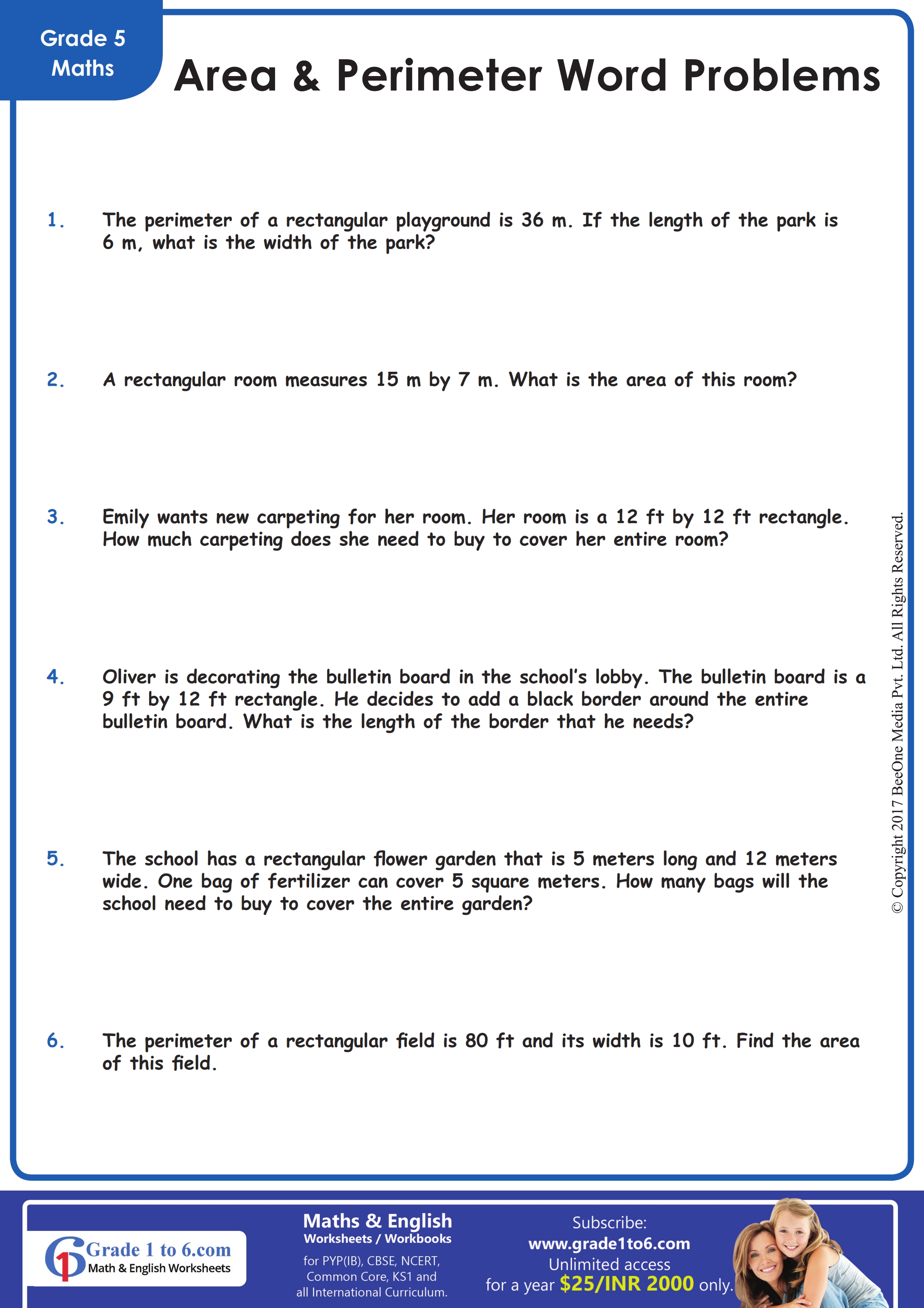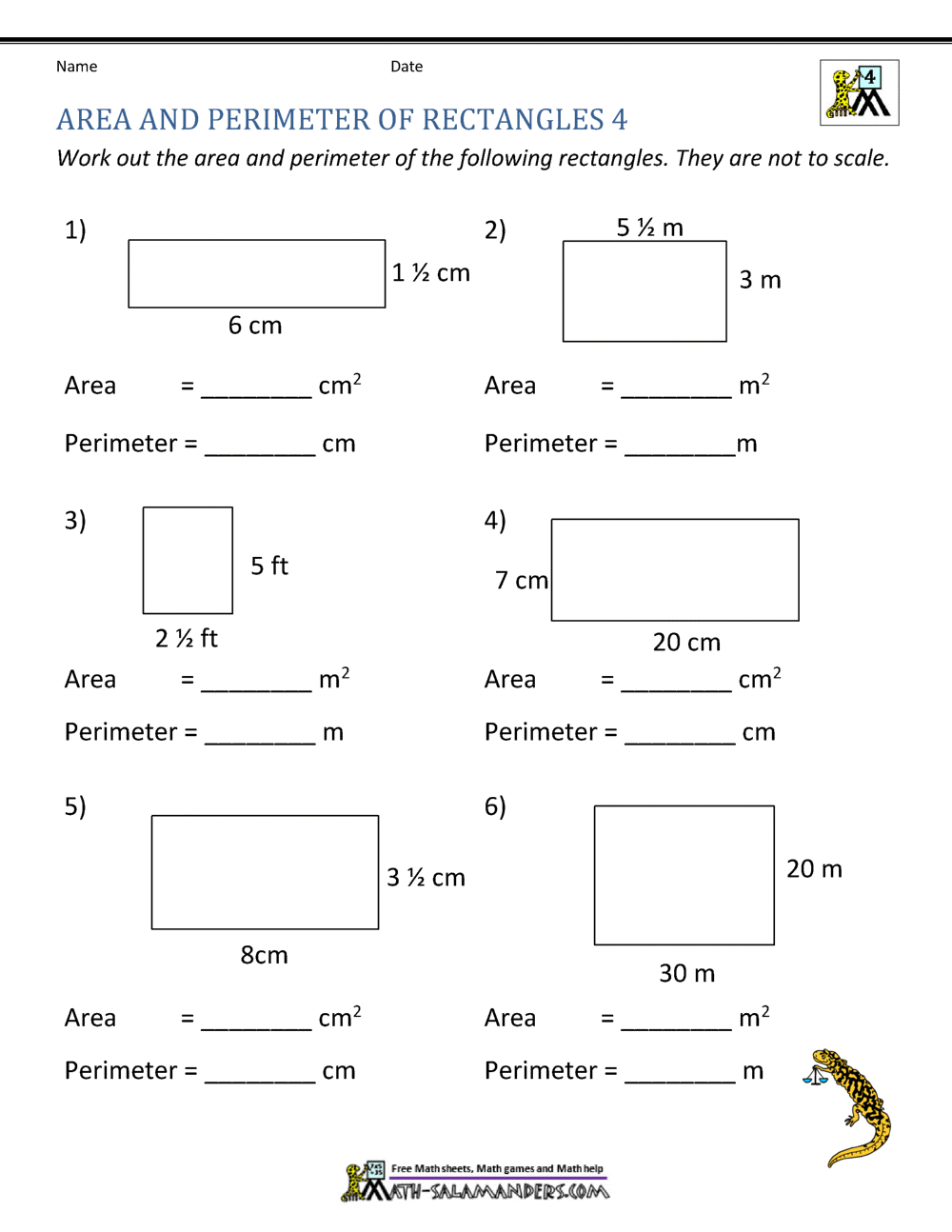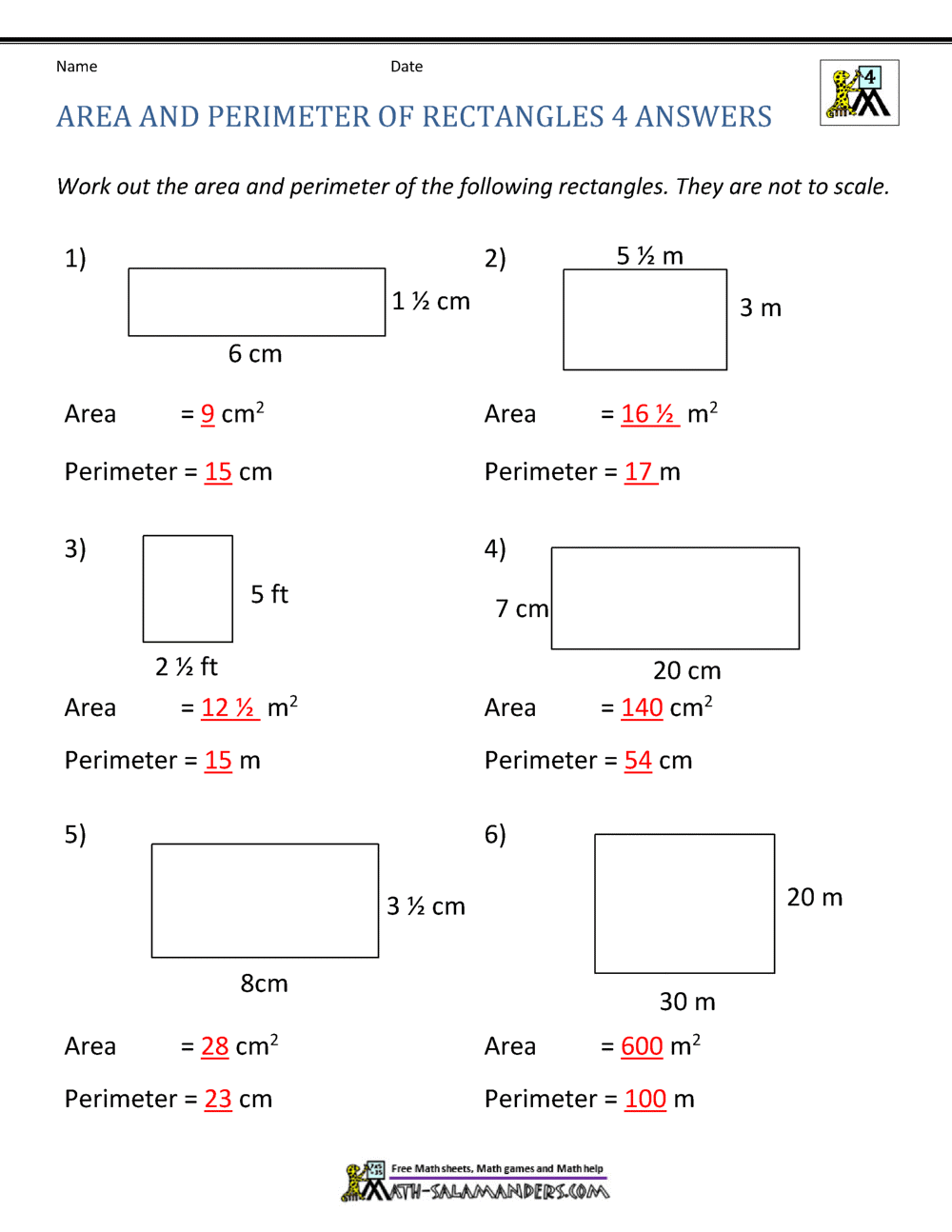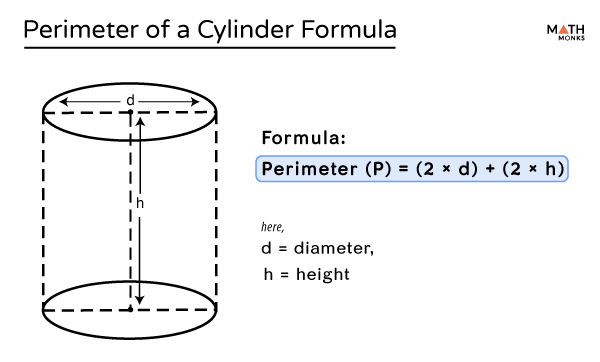Topic what is the perimeter of the quadrilateral: Understanding what the perimeter of a quadrilateral is and how to calculate it is essential for various geometric applications. This article provides simple and effective methods to find the perimeter of different quadrilaterals, ensuring you can tackle any problem with confidence. Discover step-by-step instructions and examples that make learning fun and straightforward.
Table of Content
- Perimeter of a Quadrilateral
- Introduction to Quadrilaterals
- Definition and Basic Formula
- Types of Quadrilaterals
- Calculation Methods
- Examples of Perimeter Calculation
- Advanced Perimeter Calculations
- Real-World Applications
- Frequently Asked Questions
- YOUTUBE: Xem video 'Tính Chu Vi Tứ Giác' để hiểu rõ hơn về cách tính chu vi của các loại tứ giác như hình vuông, hình chữ nhật, và nhiều loại khác.
Perimeter of a Quadrilateral
The perimeter of a quadrilateral is the total distance around the four sides of the shape. To find the perimeter, you simply add up the lengths of all the sides.
General Formula
For any quadrilateral with sides \( a \), \( b \), \( c \), and \( d \), the perimeter \( P \) is given by:
\[
P = a + b + c + d
\]
Special Cases
- Rectangle: If the quadrilateral is a rectangle with length \( l \) and width \( w \), the perimeter is calculated as: \[ P = 2l + 2w \]
- Square: For a square with side length \( a \), the perimeter is: \[ P = 4a \]
- Parallelogram: For a parallelogram with base \( b \) and side length \( a \): \[ P = 2a + 2b \]
- Trapezoid: For a trapezoid with sides \( a \), \( b \), \( c \), and \( d \): \[ P = a + b + c + d \]
Example Calculations
Example 1: Perimeter of a Kite
Given a kite with sides 7 units and 13 units, the perimeter is:
\[
P = 7 + 7 + 13 + 13 = 40 \text{ units}
\]
Example 2: Perimeter of a Trapezoid
For a trapezoid with sides 4 units, 6 units, 7 units, and 9 units, the perimeter is:
\[
P = 4 + 6 + 7 + 9 = 26 \text{ units}
\]
Finding Perimeter Using Coordinates
If you have the coordinates of the vertices of a quadrilateral, you can calculate the perimeter using the distance formula:
Sum the distances for all four sides to get the perimeter.
Example: Quadrilateral with Coordinates
Given the vertices at (5, 7), (8, 7), (1, 3), and (9, 3), the perimeter can be calculated by finding the distance between each pair of consecutive vertices and summing them.
Step-by-Step Calculation:
- Distance DE: \( \sqrt{(8 - 5)^2 + (7 - 7)^2} = 3 \)
- Distance EF: \( \sqrt{(1 - 8)^2 + (3 - 7)^2} = 8 \)
- Distance FG: \( \sqrt{(9 - 1)^2 + (3 - 3)^2} = 8 \)
- Distance GD: \( \sqrt{(5 - 9)^2 + (7 - 3)^2} = 5.7 \)
Total perimeter: \( 3 + 8 + 8 + 5.7 = 24.7 \) units

READ MORE:
Introduction to Quadrilaterals
A quadrilateral is a four-sided polygon with four angles. Common types of quadrilaterals include squares, rectangles, rhombuses, trapezoids, and parallelograms. Each type has unique properties and formulas to calculate its perimeter and area.
The perimeter of a quadrilateral is the total length of its boundary, calculated by summing the lengths of all four sides. The basic formula is:
$$\text{Perimeter} = a + b + c + d$$
where \(a\), \(b\), \(c\), and \(d\) are the lengths of the sides of the quadrilateral.
- Square: All four sides are equal. Perimeter formula: $$P = 4a$$.
- Rectangle: Opposite sides are equal. Perimeter formula: $$P = 2(l + w)$$, where \(l\) is the length and \(w\) is the width.
- Rhombus: All four sides are equal. Perimeter formula: $$P = 4a$$.
- Trapezoid: Has one pair of parallel sides. Perimeter formula: $$P = a + b + c + d$$.
- Parallelogram: Opposite sides are equal. Perimeter formula: $$P = 2(a + b)$$, where \(a\) and \(b\) are the lengths of the sides.
Understanding these properties helps in various real-life applications, such as determining the amount of material needed to frame a picture or fencing required for a yard.
Definition and Basic Formula
A quadrilateral is a polygon with four sides and four angles. The perimeter of a quadrilateral is the total length of its boundary, which is calculated by adding the lengths of all four sides. This basic concept applies to all types of quadrilaterals, including squares, rectangles, rhombuses, and trapezoids.
The general formula for calculating the perimeter of a quadrilateral is:
$$ P = s_1 + s_2 + s_3 + s_4 $$
where \( s_1, s_2, s_3, \) and \( s_4 \) are the lengths of the sides of the quadrilateral.
- For a square, where all sides are equal, the formula simplifies to \( P = 4a \), where \( a \) is the length of a side.
- For a rectangle, with opposite sides equal, the formula is \( P = 2(l + w) \), where \( l \) is the length and \( w \) is the width.
- For a rhombus, similar to a square but with unequal angles, the formula is \( P = 4a \), where \( a \) is the length of a side.
- For a trapezoid, which has one pair of parallel sides, the formula is \( P = a + b + c + d \), where \( a \) and \( b \) are the lengths of the parallel sides, and \( c \) and \( d \) are the lengths of the non-parallel sides.
Understanding these formulas is crucial for solving various geometry problems involving the perimeter of quadrilaterals.
Types of Quadrilaterals
Quadrilaterals are four-sided polygons with various properties and characteristics. Below are the main types of quadrilaterals:
- Square
A square has all four sides of equal length and all four angles are right angles. The formula for the perimeter of a square is:
\[ P = 4 \times a \]
where \( a \) is the length of a side.
- Rectangle
A rectangle has opposite sides of equal length and all four angles are right angles. The formula for the perimeter of a rectangle is:
\[ P = 2(l + w) \]
where \( l \) is the length and \( w \) is the width.
- Parallelogram
A parallelogram has opposite sides that are equal in length and opposite angles that are equal. The formula for the perimeter of a parallelogram is:
\[ P = 2(a + b) \]
where \( a \) and \( b \) are the lengths of the adjacent sides.
- Rhombus
A rhombus has all four sides of equal length and opposite angles are equal. The formula for the perimeter of a rhombus is:
\[ P = 4 \times a \]
where \( a \) is the length of a side.
- Trapezium
A trapezium (or trapezoid) has at least one pair of parallel sides. The formula for the perimeter of a trapezium is:
\[ P = a + b + c + d \]
where \( a, b, c, \) and \( d \) are the lengths of the sides.
- Irregular Quadrilateral
An irregular quadrilateral does not have any special properties regarding the lengths of its sides or the measures of its angles. The formula for the perimeter of an irregular quadrilateral is:
\[ P = a + b + c + d \]
where \( a, b, c, \) and \( d \) are the lengths of the sides.
Calculation Methods
There are various methods to calculate the perimeter of a quadrilateral, depending on its type. Here are the formulas and methods for different quadrilaterals:
General Formula for Any Quadrilateral
The general formula for calculating the perimeter of any quadrilateral is the sum of the lengths of its four sides:
\[ P = s_1 + s_2 + s_3 + s_4 \]
Square and Rhombus
For a square or a rhombus, all four sides are equal. The formula for the perimeter is:
\[ P = 4 \times a \]
where \( a \) is the length of one side.
Rectangle and Parallelogram
For a rectangle and a parallelogram, opposite sides are equal. The formula for the perimeter is:
\[ P = 2(l + w) \]
where \( l \) is the length and \( w \) is the width.
Trapezium
The perimeter of a trapezium is the sum of all its sides:
\[ P = a + b + c + d \]
where \( a \), \( b \), \( c \), and \( d \) are the lengths of the sides.
Irregular Quadrilateral
For an irregular quadrilateral, where all sides may be of different lengths, the perimeter is calculated by summing the lengths of all four sides:
\[ P = s_1 + s_2 + s_3 + s_4 \]
Unknown Side
If one side is unknown and you know the perimeter and the other three sides, you can find the missing side by rearranging the general formula:
\[ s_4 = P - (s_1 + s_2 + s_3) \]
Using Coordinates
If the vertices of the quadrilateral are given in a coordinate plane, the distance formula can be used to find the lengths of the sides. For two points \((x_1, y_1)\) and \((x_2, y_2)\), the distance formula is:
\[ d = \sqrt{(x_2 - x_1)^2 + (y_2 - y_1)^2} \]
Calculate the distance for each pair of adjacent vertices and then sum these distances to get the perimeter.
Examples
- Square: If \( a = 5 \, \text{units} \), then \( P = 4 \times 5 = 20 \, \text{units} \).
- Rectangle: If \( l = 6 \, \text{units} \) and \( w = 4 \, \text{units} \), then \( P = 2(6 + 4) = 20 \, \text{units} \).
- Trapezium: If \( a = 3 \, \text{units} \), \( b = 4 \, \text{units} \), \( c = 5 \, \text{units} \), and \( d = 6 \, \text{units} \), then \( P = 3 + 4 + 5 + 6 = 18 \, \text{units} \).
These methods cover most scenarios for calculating the perimeter of various types of quadrilaterals.
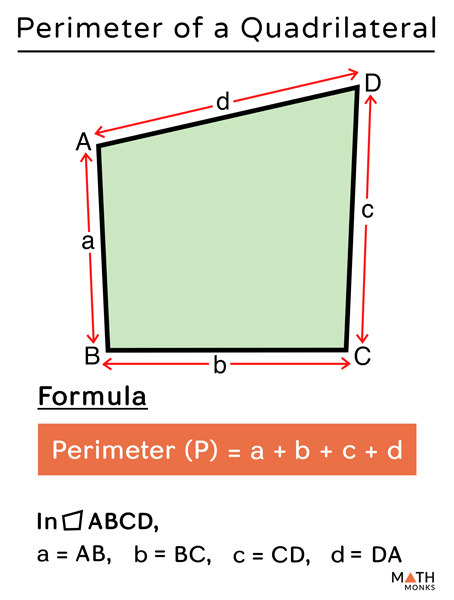
Examples of Perimeter Calculation
Calculating the perimeter of a quadrilateral involves summing the lengths of all its sides. Here are some examples for different types of quadrilaterals:
-
Square:
For a square with side length \(a\), the perimeter \(P\) is given by:
\[ P = 4a \]
Example: If \(a = 5\) units, then \( P = 4 \times 5 = 20 \) units.
-
Rectangle:
For a rectangle with length \(l\) and width \(w\), the perimeter \(P\) is given by:
\[ P = 2(l + w) \]
Example: If \(l = 8\) units and \(w = 3\) units, then \( P = 2(8 + 3) = 22 \) units.
-
Rhombus:
For a rhombus with side length \(a\), the perimeter \(P\) is given by:
\[ P = 4a \]
Example: If \(a = 6\) units, then \( P = 4 \times 6 = 24 \) units.
-
Trapezium:
For a trapezium with sides \(a\), \(b\), \(c\), and \(d\), the perimeter \(P\) is given by:
\[ P = a + b + c + d \]
Example: If the sides are \(a = 4\) units, \(b = 6\) units, \(c = 7\) units, and \(d = 9\) units, then \( P = 4 + 6 + 7 + 9 = 26 \) units.
-
Kite:
For a kite with adjacent sides of lengths \(a\) and \(b\), the perimeter \(P\) is given by:
\[ P = 2(a + b) \]
Example: If the sides are \(a = 7\) units and \(b = 13\) units, then \( P = 2(7 + 13) = 40 \) units.
Advanced Perimeter Calculations
Advanced methods for calculating the perimeter of a quadrilateral involve various techniques and considerations, such as using coordinates, dealing with inscribed circles, and finding missing sides. Below are some detailed methods:
Perimeter Calculation Using Coordinates
When the vertices of a quadrilateral are given in the coordinate plane, you can use the distance formula to find the lengths of the sides. The steps are as follows:
- Identify the coordinates of the vertices: \( (x_1, y_1) \), \( (x_2, y_2) \), \( (x_3, y_3) \), \( (x_4, y_4) \).
- Calculate the lengths of the sides using the distance formula: \[ d = \sqrt{(x_2 - x_1)^2 + (y_2 - y_1)^2} \]
- Repeat the distance formula for each pair of adjacent vertices.
- Sum the lengths of all four sides to obtain the perimeter: \[ P = d_1 + d_2 + d_3 + d_4
Perimeter of a Quadrilateral with an Inscribed Circle
For a quadrilateral with an inscribed circle (a cyclic quadrilateral), the perimeter can be calculated using the properties of tangents. Each pair of opposite sides sums up to the same value. The steps include:
- Identify the points of tangency and measure the tangents from each vertex to the points of tangency.
- Use the property that the tangents from a single external point to a circle are equal in length.
- Add the lengths of these tangents appropriately to find the sides of the quadrilateral.
- Sum these sides to obtain the perimeter.
Finding the Perimeter with One Missing Side
If one side of a quadrilateral is missing, use the following steps:
- Calculate the known sides of the quadrilateral.
- If possible, use properties like the Pythagorean theorem or the law of cosines for special quadrilaterals (e.g., right-angled, parallelogram) to find the missing side.
- Sum all the sides to get the perimeter.
Example: Perimeter with Coordinates
Consider a quadrilateral with vertices at \( (1, 2) \), \( (4, 6) \), \( (5, 2) \), and \( (1, -1) \).
- Calculate \( d_1 \) between \( (1, 2) \) and \( (4, 6) \): \[ d_1 = \sqrt{(4 - 1)^2 + (6 - 2)^2} = \sqrt{9 + 16} = 5 \]
- Calculate \( d_2 \) between \( (4, 6) \) and \( (5, 2) \): \[ d_2 = \sqrt{(5 - 4)^2 + (2 - 6)^2} = \sqrt{1 + 16} = \sqrt{17} \]
- Calculate \( d_3 \) between \( (5, 2) \) and \( (1, -1) \): \[ d_3 = \sqrt{(1 - 5)^2 + (-1 - 2)^2} = \sqrt{16 + 9} = 5 \]
- Calculate \( d_4 \) between \( (1, -1) \) and \( (1, 2) \): \[ d_4 = \sqrt{(1 - 1)^2 + (2 - (-1))^2} = \sqrt{0 + 9} = 3 \]
- Sum these lengths to find the perimeter: \[ P = 5 + \sqrt{17} + 5 + 3 = 13 + \sqrt{17} \]
Thus, the perimeter is \( 13 + \sqrt{17} \) units.
Special Cases: Cyclic Quadrilaterals
For cyclic quadrilaterals, the perimeter can be found using the sum of tangent lengths:
\[
P = a + b + c + d
\]
where \( a, b, c, d \) are the lengths of the tangents from the vertices to the inscribed circle.
Real-World Applications
The concept of perimeter has various practical applications in our daily lives. Understanding how to calculate the perimeter of a quadrilateral is essential in numerous real-world scenarios.
-
Fencing a Field
When determining how much fencing material is needed to enclose a rectangular or irregularly shaped field, calculating the perimeter is crucial. For instance, if a farmer needs to fence a rectangular plot with a length of 100 meters and a width of 50 meters, the perimeter \(P\) can be calculated using the formula \(P = 2(l + w)\), resulting in \(P = 2(100 + 50) = 300\) meters.
-
Framing a Picture
When framing a picture or painting, knowing the perimeter helps in selecting the appropriate frame size. If a rectangular painting measures 24 inches by 18 inches, the perimeter is given by \(P = 2(l + w)\), thus \(P = 2(24 + 18) = 84\) inches.
-
Construction Projects
In construction, the perimeter of various parts of a building, such as rooms or the entire structure, must be calculated to determine the amount of materials needed for the edges, like baseboards or moldings. For example, a room measuring 12 feet by 15 feet has a perimeter of \(P = 2(12 + 15) = 54\) feet.
-
Gardening and Landscaping
For gardeners and landscapers, calculating the perimeter of flower beds, lawns, or walkways helps in planning the layout and determining the amount of edging or fencing required. For a trapezoidal flower bed with sides measuring 10 feet, 12 feet, 14 feet, and 16 feet, the perimeter is \(P = 10 + 12 + 14 + 16 = 52\) feet.
-
Urban Planning
Urban planners use perimeter calculations to design and measure the boundaries of parks, playgrounds, and other public spaces. Ensuring accurate measurements helps in resource allocation and project planning. For example, designing a rectangular park with a length of 200 meters and a width of 150 meters involves calculating the perimeter as \(P = 2(200 + 150) = 700\) meters.
Overall, understanding and applying the concept of perimeter in these real-world situations ensures efficiency, accuracy, and effective use of resources.
Frequently Asked Questions
-
What is a Quadrilateral?
A quadrilateral is a polygon with four edges (or sides) and four vertices (or corners). Common types include squares, rectangles, parallelograms, rhombuses, trapezoids, and kites.
-
How to calculate the perimeter if one side is missing?
If one side is missing, you can sometimes use the properties of specific quadrilaterals (e.g., all sides equal in a square) or use other given measurements and geometric principles to find the missing side. For irregular quadrilaterals, you may need additional information such as diagonals or angles.
-
Perimeter calculation with given coordinates.
To calculate the perimeter of a quadrilateral given its vertices' coordinates, use the distance formula to find the length of each side. The distance between two points \((x_1, y_1)\) and \((x_2, y_2)\) is given by:
\[ \text{Distance} = \sqrt{(x_2 - x_1)^2 + (y_2 - y_1)^2} \]
Sum the lengths of all four sides to get the perimeter.
-
Special cases involving inscribed circles and cyclic quadrilaterals.
For cyclic quadrilaterals (those with all vertices on a circle), you can use Brahmagupta's formula to find the area, which can help with certain perimeter calculations. If a quadrilateral has an inscribed circle (tangential quadrilateral), the sum of its opposite sides is equal.

Xem video 'Tính Chu Vi Tứ Giác' để hiểu rõ hơn về cách tính chu vi của các loại tứ giác như hình vuông, hình chữ nhật, và nhiều loại khác.
Tính Chu Vi Tứ Giác: Hướng Dẫn Chi Tiết
READ MORE:
Xem video 'Làm thế nào để xác định chu vi của một tứ giác bằng cách sử dụng công thức khoảng cách của bốn điểm' để hiểu rõ hơn về cách tính chu vi của các loại tứ giác bằng cách sử dụng tọa độ các điểm.
Làm thế nào để xác định chu vi của một tứ giác bằng cách sử dụng công thức khoảng cách của bốn điểm
